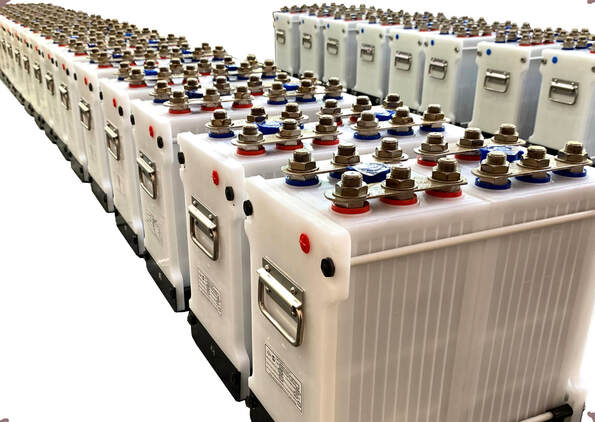In industrial settings, the choice between Nickel-Cadmium (Ni-Cd) and Lead-Acid batteries depends on application requirements such as reliability, maintenance, and environmental conditions.
1. Aviation and Aerospace
Ni-Cd batteries are preferred in aviation due to their lightweight design, high energy density, and ability to function in extreme temperatures. Aircraft emergency systems and navigation equipment often use Ni-Cd batteries. Lead-acid batteries, being heavier and bulkier, are not suitable for aviation applications.
2. Uninterruptible Power Supply (UPS) Systems
Both battery types are used in UPS systems. Lead-acid batteries dominate in commercial and residential backup power solutions due to their lower cost. However, Ni-Cd batteries are used in critical industries like telecommunications and data centers, where reliability and long lifespan are crucial.
3. Railway and Public Transportation
Ni-Cd batteries are widely used in railway applications, including emergency lighting and signaling systems, due to their long life and low maintenance requirements. Lead-acid batteries are more common in stationary power backup systems but require more frequent maintenance.
4. Renewable Energy Storage
Lead-acid batteries are a common choice for solar and wind energy storage due to their affordability and well-established recycling systems. Ni-Cd batteries, though more expensive, provide better performance in fluctuating temperatures and remote locations.
Ni-Cd batteries are superior for critical applications requiring durability and temperature resistance, while lead-acid batteries remain the cost-effective choice for large-scale energy storage and commercial applications.


